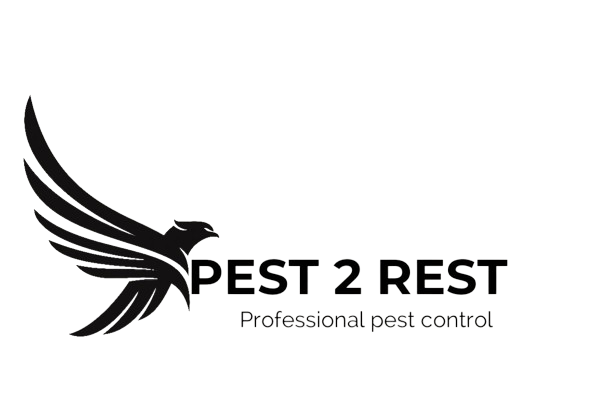Fleas, those tiny, pesky parasites, are notorious for causing immense discomfort and stress to both humans and pets. They’re not just an annoyance; they can also pose serious health risks. In this comprehensive guide, we’ll delve into the world of fleas, exploring their life cycle, identifying signs of infestation, and most importantly, providing effective flea control strategies.
Understanding the Flea Life Cycle
To effectively combat fleas, it’s crucial to understand their life cycle. Adult fleas feed on blood, while their eggs, larvae, and pupae reside in your home environment. This complex life cycle makes flea infestations particularly challenging to eradicate.
- Egg stage: Female fleas lay hundreds of tiny eggs on your pet’s fur, which can easily fall off and spread throughout your home.
- Larvae stage: Flea eggs hatch into larvae, which feed on organic matter, including flea dirt (dried blood and flea feces).
- Pupae stage: Larvae develop into pupae, forming cocoons that protect them until conditions are favorable for adult emergence.
- Adult stage: Adult fleas emerge from cocoons, ready to feed on your pet’s blood and begin the cycle anew.
Signs of a Flea Infestation
Recognizing the signs of a flea infestation early on is crucial for effective treatment. Keep an eye out for the following indicators:
- Excessive scratching: Your pet may exhibit constant scratching, biting, or licking due to flea bites.
- Flea dirt: Look for tiny black specks on your pet’s fur or bedding. These are flea droppings, which turn red when mixed with water.
- Adult fleas: You may see adult fleas jumping on your pet or around your home.
- Flea bites: Red, itchy bumps on your skin can be a sign of flea bites.
Health Risks Associated with Fleas
Fleas are not only irritating but can also transmit diseases to both humans and pets. Some of the potential health risks include:
- Tapeworms: Fleas can carry tapeworm eggs, which can infect your pet when they ingest a flea.
- Allergic dermatitis: Flea saliva can cause allergic reactions in pets, leading to skin irritation and hair loss.
- Bacterial infections: Scratching flea bites can lead to secondary skin infections.
- Diseases: In some cases, fleas can transmit diseases like typhus and plague.
Effective Flea Control Strategies
Eliminating a flea infestation requires a multi-faceted approach that targets both your pet and your home environment. Here are some effective flea control strategies:
- Vacuuming: Regularly vacuum your carpets, furniture, and floors to remove flea eggs, larvae, and pupae.
- Washing bedding: Wash your pet’s bedding in hot water to kill fleas and their eggs.
- Flea treatment for pets: Consult your veterinarian for appropriate flea prevention and treatment options for your pet.
- Professional pest control: For severe infestations, consider contacting a professional pest control service.
- Preventive measures: Continue using flea prevention products year-round to protect your pet and home.
Conclusion
Fleas can be a persistent and frustrating problem, but with the right knowledge and strategies, you can effectively eliminate them from your home. By understanding their life cycle, recognizing the signs of an infestation, and implementing a comprehensive control plan, you can regain control of your living space and protect your family and pets from these pesky parasites.
